Attention-deficit/hyperactivity disorder (ADHD) has undergone a remarkable evolution in how it is understood, diagnosed, and managed. In past decades, the treatment landscape was dominated by a few long-standing stimulant medications, often prescribed with little variation. But in today’s world of advanced neuroscience and personalized medicine, the discussion around ADHD is shifting. Individuals—especially adults—are exploring new meds for ADD and ADHD, hoping for greater precision, fewer side effects, and better long-term outcomes. Among these developments are emerging formulations of new stimulants, including innovative delivery systems and non-stimulant alternatives, as well as a reexamination of class A ADHD medications and their safety profiles. For many, a key question emerges: Are these newer options truly safer and more effective than their predecessors?
You may also like: How to Choose the Best Brain Supplements for Adults: Science-Backed Ingredients That Support Focus, Memory, and Mental Clarity
This article dives into the science behind these treatments, explaining what differentiates newer drugs from traditional stimulants, how they fit within the framework of controlled substances, and what patients, clinicians, and researchers are discovering about their impact on focus, decision-making, and cognitive clarity. In doing so, we’ll naturally unpack concerns surrounding whether ADHD medication is a controlled substance, while weaving in expert perspectives on efficacy, misuse, and cognitive enhancement.

Understanding Class A ADHD Medications and Their Place in Treatment
Class A ADHD medications, sometimes referred to as Schedule II controlled substances in the United States, include well-known stimulant drugs such as Adderall (mixed amphetamine salts), Ritalin (methylphenidate), and Dexedrine (dextroamphetamine). These medications are considered highly effective in managing core symptoms of ADHD, particularly inattention, impulsivity, and hyperactivity. Yet their classification as controlled substances reflects a double-edged reality—they carry a high potential for misuse and dependency, which has spurred both caution and innovation in prescribing practices.
The core mechanism of action in these medications typically involves increasing the availability of dopamine and norepinephrine in the brain, two neurotransmitters intimately involved in focus, motivation, and executive function. By enhancing the activity of these chemical messengers, individuals often experience improved attention spans, better task initiation, and reduced distractibility. However, as powerful as these benefits can be, they don’t come without risks—especially when these medications are not taken as prescribed.
Because of their psychoactive properties, class A ADHD medications are tightly regulated. Prescriptions often come with restrictions on refills, routine monitoring, and documentation of therapeutic response. For patients, the question “is ADHD medication a controlled substance?” is more than academic—it affects their access, how they’re perceived socially, and the legal implications of possession and use. The classification adds a layer of stigma, particularly for adults seeking treatment later in life, which can discourage open conversations with healthcare providers. As newer ADHD medications emerge, many hope these innovations will retain the effectiveness of traditional stimulants while minimizing the burden of such regulations.
The Rise of New Stimulants in ADHD Treatment
In response to the limitations and risks associated with older stimulant formulations, pharmaceutical development has introduced a new generation of ADHD medications. These new stimulants often feature extended-release mechanisms, smoother pharmacokinetics, and reduced potential for abuse. For instance, lisdexamfetamine (brand name Vyvanse) is a prodrug of dextroamphetamine that only becomes active after enzymatic conversion in the body. This design lowers the likelihood of misuse via snorting or injection, as it must be metabolized through the digestive tract.
New meds for ADD and ADHD are not merely repackaged versions of older drugs; many feature novel delivery systems that provide more consistent blood levels throughout the day. This has meaningful implications for both clinical outcomes and patient quality of life. Rather than experiencing the sharp peaks and troughs associated with older short-acting stimulants, patients on these newer medications report more stable focus, fewer “crash” effects, and less rebound irritability. This can improve adherence and reduce the likelihood of midday fatigue, a common complaint with traditional treatment plans.
Moreover, the pharmacological diversity among these new options is expanding. Some of the latest ADHD new medications combine stimulant activity with modulation of other neurotransmitter systems or incorporate delayed-release layers for targeted symptom control at different times of day. These advances are particularly relevant in academic or high-performance work environments, where sustained cognitive engagement and decision-making optimization are critical. For professionals or students managing ADHD, having a medication that supports executive function without disrupting sleep or appetite can be transformative.
New Meds for ADD and ADHD: What Sets Them Apart?
Beyond changes in drug delivery, new meds for ADD and ADHD are also increasingly evaluated through the lens of cognitive enhancement and long-term neural impact. Unlike earlier decades, when treatment success was measured almost exclusively by symptom reduction, today’s metrics are more nuanced. Researchers are now considering how ADHD medications influence broader domains such as emotional regulation, working memory, decision-making under pressure, and interpersonal dynamics.
This evolution reflects a deeper understanding of ADHD as a complex neurodevelopmental condition—not simply a behavioral issue or a failure of willpower. Many new ADHD medications aim to support the brain’s ability to shift attention flexibly, engage in goal-directed behavior, and modulate impulsivity in emotionally charged situations. These effects are especially critical for adults with ADHD who may have previously slipped through the cracks during childhood diagnosis.
Furthermore, pharmaceutical companies are developing compounds with more selective activity, reducing off-target effects. Some new meds exert their therapeutic effects with lower impact on cardiovascular function or appetite suppression, two of the most common reasons individuals discontinue traditional stimulants. This focus on minimizing side effects without sacrificing efficacy is reshaping how clinicians and patients view long-term treatment viability.
As these new medications become more prevalent, so too does the demand for evidence-based guidance. Individuals no longer ask simply, “Will this medication help me focus?” They ask whether it will support better decision-making in high-stakes environments, whether it will help them maintain energy and mental clarity throughout a demanding day, and whether it will allow for flexibility as their lifestyle changes.
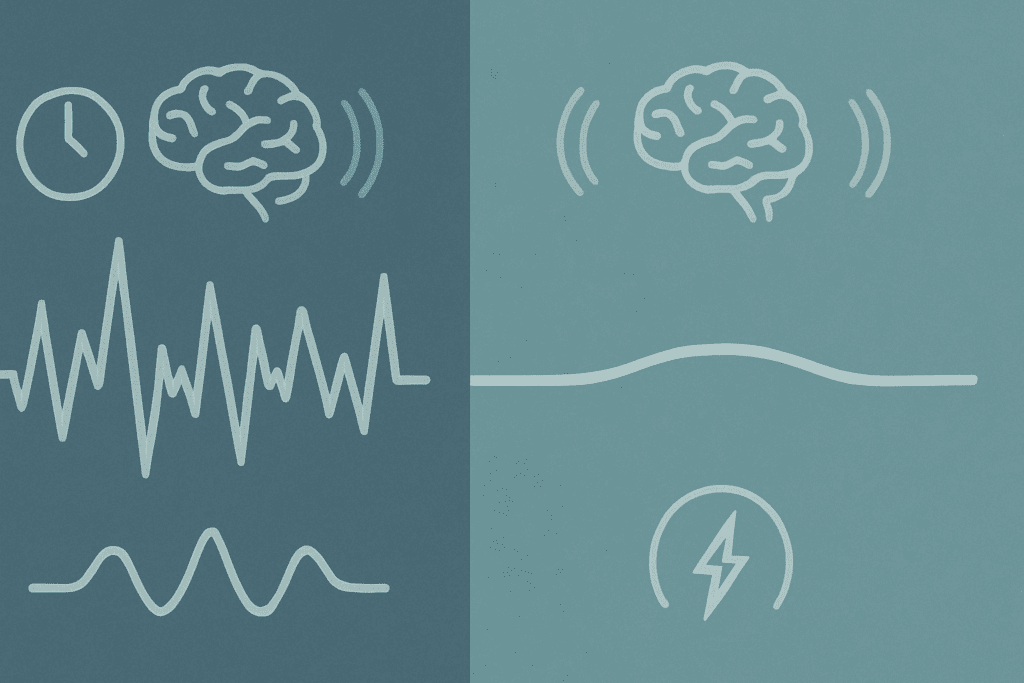
Is ADHD Medication a Controlled Substance? Reframing the Question
The question “is ADHD medication a controlled substance?” is often raised by those new to treatment, and it reflects legitimate concerns about legality, stigma, and social judgment. In truth, most traditional ADHD medications—especially stimulants—are indeed controlled substances under the U.S. Controlled Substances Act. As Schedule II drugs, they are classified similarly to opioids and certain sedatives, although their mechanisms and risk profiles differ dramatically.
This classification is based on potential for abuse, physical dependence, and psychological harm. Yet for individuals with a proper diagnosis and supervised treatment plan, the benefits of stimulant medication can far outweigh these risks. Nonetheless, the controlled status imposes logistical challenges. Pharmacies require verification procedures. Refills are limited. Telehealth regulations vary by state. All of this contributes to the broader complexity surrounding access and continuity of care.
However, the emergence of new ADHD medications has challenged the assumption that effective treatment must come with heightened regulation. Some of the newer non-stimulant medications—such as atomoxetine (Strattera) or viloxazine (Qelbree)—are not controlled substances at all. They offer therapeutic benefits without triggering the same regulatory red tape, though they may take longer to reach full efficacy. For patients with comorbid anxiety or substance use history, these medications may be especially valuable.
It’s also important to recognize that the controlled substance designation does not necessarily reflect modern abuse patterns. Misuse often stems from access via non-medical channels or misuse of short-acting formulations. New stimulants, particularly those with tamper-resistant designs, offer a compelling alternative. In this sense, reframing the conversation away from blanket labels and toward personalized risk-benefit analysis is essential for informed decision-making.
Balancing Efficacy with Safety in Today’s ADHD Landscape
The notion that newer necessarily means better does not always hold true—especially in psychiatry, where individual variability is profound. Still, many new stimulants and ADHD medications are indeed demonstrating a more favorable balance between efficacy and safety. In clinical trials and real-world observational studies, newer formulations have shown reduced variability in patient response, fewer cardiovascular side effects, and better tolerability across diverse populations.
Safety is not just a matter of side effect profiles. It includes psychological safety, too—such as a reduced risk of emotional blunting, which some patients report on older medications. It includes the ability to function socially and professionally without feeling overstimulated or “chemically altered.” And it includes long-term safety, particularly for young adults who may remain on medication for years.
Importantly, new meds for ADD and ADHD also support safer transitions across life stages. For example, a teenager transitioning into adulthood may need a more nuanced medication strategy that aligns with new responsibilities and shifting schedules. Likewise, adults re-entering the workforce after a diagnosis may prefer extended-release medications that provide stable coverage through long meetings or intellectually demanding projects.
In evaluating safety, clinicians are increasingly guided by real-world data and pharmacogenetic insights. Rather than relying solely on population-level data, providers are considering how individual metabolism, coexisting conditions, and personal goals affect treatment choice. This more personalized model of care dovetails with broader movements in precision medicine and neuroscience-based psychiatry.
How ADHD New Medications Influence Cognitive Enhancement and Decision-Making
One of the more controversial yet increasingly explored areas of ADHD treatment is its intersection with cognitive enhancement. While stimulant medications have long been known to sharpen attention and executive function in individuals with ADHD, there is growing interest in their effects on decision-making, emotional resilience, and goal prioritization. This is particularly relevant in fast-paced environments such as tech, finance, academia, and medicine.
New stimulants are designed not only to reduce distractibility but also to improve task-switching, error recognition, and planning. These are core elements of decision-making optimization—an area of interest for high-functioning adults seeking more than symptom relief. For instance, a medication that improves sustained attention without increasing anxiety may lead to better risk assessment, fewer impulsive errors, and improved interpersonal regulation.
Additionally, many of the new ADHD medications include design features intended to enhance compliance and minimize cognitive “whiplash.” Older short-acting stimulants could create sharp peaks in mental energy followed by sudden crashes, which could impair judgment late in the day. Newer medications offer smoother transitions, which support more stable cognitive performance throughout varied contexts, from work to parenting to academic tasks.
The narrative is shifting: ADHD treatment is no longer just about restoring function but enhancing performance within ethically sound, medically appropriate boundaries. For those with a legitimate diagnosis, these medications can support not only symptom control but the pursuit of meaningful personal and professional goals.
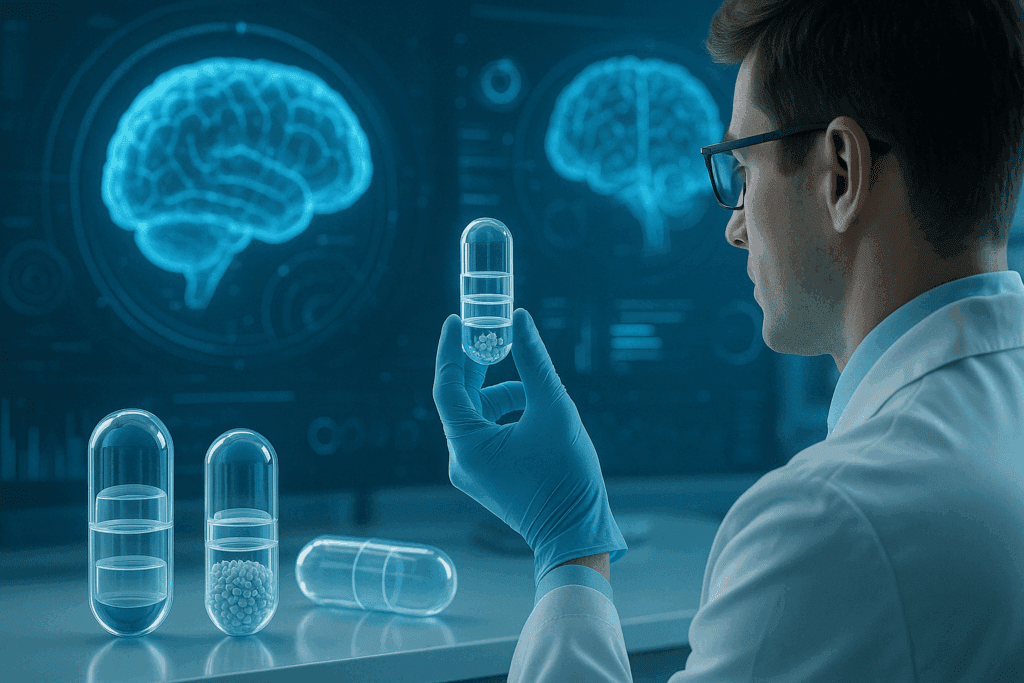
Standalone FAQ: Exploring Advanced Insights into ADHD Medications and New Treatment Directions
1. Why are class A ADHD medications often reserved for specific cases rather than being a first-line treatment?
Class A ADHD medications—commonly referring to high-schedule stimulants like amphetamines—are typically reserved for more severe or treatment-resistant cases due to their high potential for misuse and dependency. While they can be highly effective in managing symptoms like inattention and impulsivity, their controlled nature requires more frequent monitoring and careful titration. These medications often have a strong impact on dopamine and norepinephrine pathways, which helps with focus and behavioral regulation, but can also increase the risk of cardiovascular side effects in sensitive populations. Physicians often start with milder stimulant or non-stimulant alternatives to assess tolerance and response before prescribing class A ADHD medications. This cautious approach aligns with best practices for reducing long-term dependency and managing risks associated with stimulant-based therapies.
2. How are ADHD new medications changing the treatment landscape for adults diagnosed later in life?
ADHD new medications are increasingly designed to address the unique challenges faced by adults diagnosed in their 30s or later—especially those who have developed coping mechanisms that mask symptoms. These new meds for ADD and ADHD often include extended-release formulations, smoother onset profiles, or non-stimulant options that minimize disruption to sleep and work productivity. Unlike traditional fast-acting stimulants, newer compounds such as viloxazine or selective norepinephrine reuptake inhibitors offer therapeutic effects without abrupt peaks and crashes. Additionally, newer treatments are more likely to be paired with digital tools for symptom tracking and behavioral therapy, promoting holistic management. This evolution in ADHD treatment reflects a growing understanding that adult-onset or previously undiagnosed ADHD requires a different, more nuanced approach.
3. In what ways do new stimulants differ from older medications in terms of brain chemistry and side effect profiles?
New stimulants are increasingly being engineered to target neurotransmitter systems with greater specificity and fewer side effects. While older medications like methylphenidate or mixed amphetamine salts affect broad areas of the brain’s dopaminergic and noradrenergic systems, newer stimulants are often designed to reduce off-target interactions. This means patients may experience less jitteriness, appetite suppression, or mood instability—common drawbacks of older medications. Moreover, many new stimulants come in prodrug formats that require metabolic activation, which can reduce abuse potential. This precision targeting represents a significant step forward in tailoring ADHD treatments to individual neurobiological needs, improving tolerability and long-term adherence.
4. Is ADHD medication a controlled substance even when it’s prescribed for long-term therapeutic use?
Yes, ADHD medication is a controlled substance regardless of how long a patient has been using it, due to its potential for abuse, misuse, or diversion. Medications such as dextroamphetamine and lisdexamfetamine fall under Schedule II in the United States, which denotes a high risk for dependency. Even non-stimulant ADHD medications can sometimes carry scheduling depending on their chemical structure and abuse potential, although many remain unscheduled or are placed in lower schedules. The controlled classification affects how these medications are dispensed, how frequently they can be prescribed, and what regulations pharmacies and providers must follow. Patients often need monthly follow-ups or electronic monitoring systems to ensure responsible use and avoid legal or health complications.
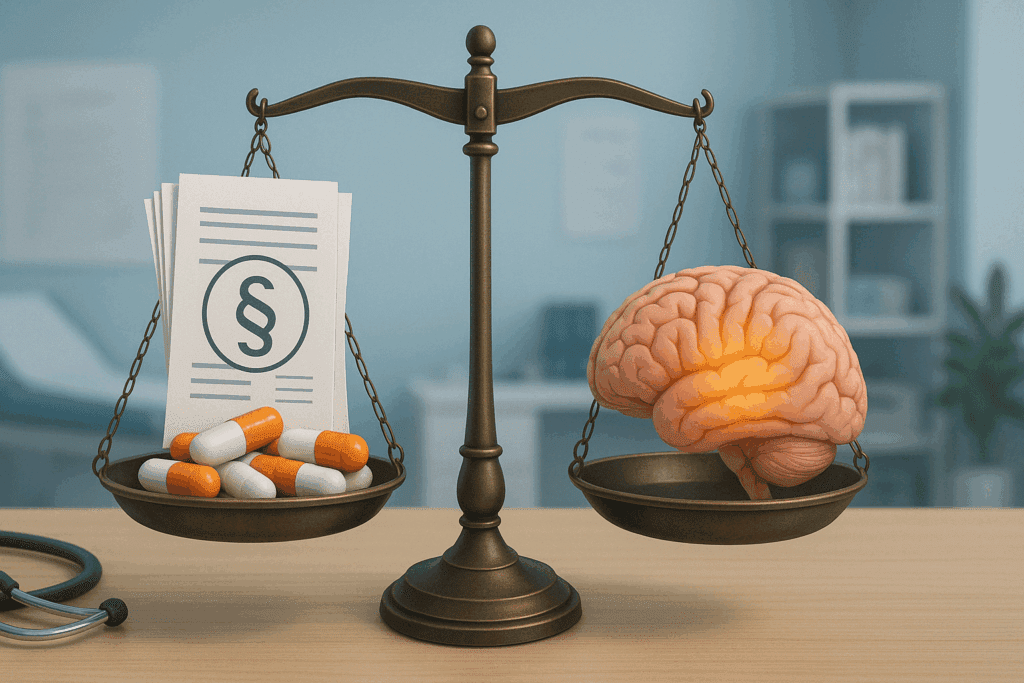
5. What emerging ADHD treatment trends are shaping future medication development?
Pharmaceutical companies are increasingly exploring novel pathways beyond traditional dopamine and norepinephrine reuptake inhibition to manage ADHD symptoms. Some promising ADHD new medications target glutamate modulation, histaminergic activity, and even cannabinoid receptors in an effort to fine-tune attention and emotional regulation without stimulant effects. Others are investigating gene-specific responses to ADHD medications, laying the groundwork for pharmacogenomics in ADHD treatment. Additionally, combination therapies that include both pharmaceutical and digital therapeutic elements—such as neurofeedback, gaming platforms for executive function, or cognitive behavioral therapy apps—are gaining traction. This shift toward integrative, personalized care represents a forward-thinking approach that may redefine how ADHD is managed in both children and adults.
6. Can new meds for ADD and ADHD reduce the stigma surrounding treatment?
Absolutely. The development of more nuanced, flexible, and well-tolerated medications is helping to shift public perception around ADHD and its treatment. New meds for ADD and ADHD often come with fewer visible side effects like restlessness or emotional blunting, making it easier for individuals to function normally in work or social settings. Non-stimulant options also allow people who may fear the label of “taking a controlled substance” to explore treatment without feeling stigmatized. Additionally, public education campaigns and media coverage highlighting these newer medications’ safety and effectiveness are demystifying the disorder. As treatments become more discreet and customized, individuals are more likely to seek help without shame or fear of judgment.
7. How do physicians decide between traditional stimulants and new stimulants for a specific patient?
When choosing between traditional and new stimulants, physicians consider factors such as a patient’s medical history, risk of substance misuse, symptom severity, and daily routine. New stimulants may be preferable for patients with prior sensitivity to side effects, or those who have coexisting conditions like anxiety or sleep disorders. For instance, a newer prodrug stimulant may offer smoother pharmacokinetics, making it ideal for patients prone to rebound effects or evening crashes. Physicians also evaluate lifestyle—shift workers, for example, may need extended or flexible-release formulations. This clinical judgment, supported by emerging pharmacological options, allows for a more tailored, patient-centered approach to ADHD treatment than was possible a decade ago.
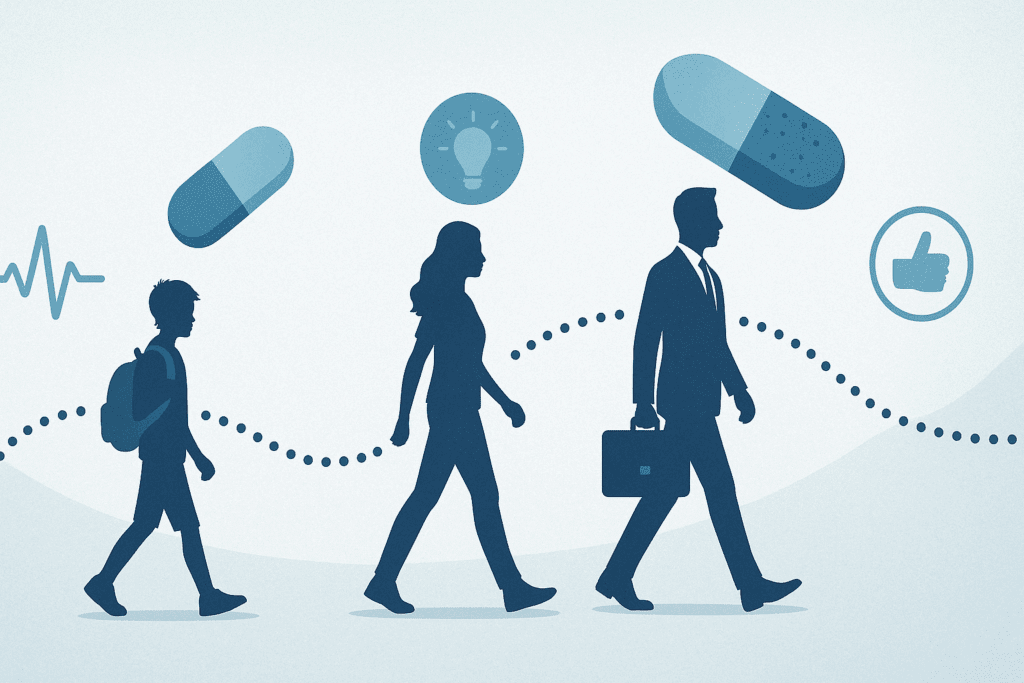
8. Are there long-term neurocognitive risks associated with taking class A ADHD medications?
The long-term cognitive safety of class A ADHD medications is a topic of ongoing research. Some studies suggest that, when used as prescribed, these medications do not impair cognitive development and may even enhance academic and functional outcomes. However, misuse—especially at higher-than-recommended doses—can alter brain plasticity, affect sleep architecture, and increase the risk of mood disorders over time. Neuroimaging research has also revealed subtle changes in dopamine transporter levels with prolonged stimulant use, although the clinical significance remains debated. Regular monitoring, dosage reassessment, and incorporating non-pharmacologic interventions like therapy or coaching can help mitigate long-term risks and ensure balanced, sustainable treatment.
9. What role do insurance and regulatory classifications play in access to ADHD new medications?
Insurance coverage and DEA classification significantly influence access to ADHD new medications, especially those categorized as controlled substances. While class A ADHD medications often require prior authorization due to their cost or potential for misuse, newer non-stimulant treatments may not yet be widely covered due to limited long-term data. Furthermore, medications categorized under tighter schedules involve stricter prescription refill rules and monitoring, which can be a logistical barrier for some patients. This makes accessibility not just a medical issue but a socioeconomic one, where patients may need to navigate complex insurance policies or pay out-of-pocket for the latest options. Ongoing advocacy for broader coverage and clearer regulatory pathways is essential to ensure equitable access.
10. Could digital therapeutics eventually replace or complement new meds for ADD and ADHD?
Digital therapeutics—such as FDA-approved video games and neurofeedback tools—are increasingly being recognized as valid adjuncts or even alternatives to pharmacologic interventions. These tools target executive function, working memory, and sustained attention through interactive, data-driven platforms. For patients hesitant to use class A ADHD medications or those who experience side effects, digital therapeutics offer a non-invasive, customizable solution. While they are unlikely to completely replace medications—especially in severe cases—they may reduce dosage needs or enhance treatment outcomes when used in combination. Future ADHD treatment models will likely rely on a hybrid approach, integrating new stimulants with cognitive training and behavioral technologies to create a truly holistic therapy ecosystem.
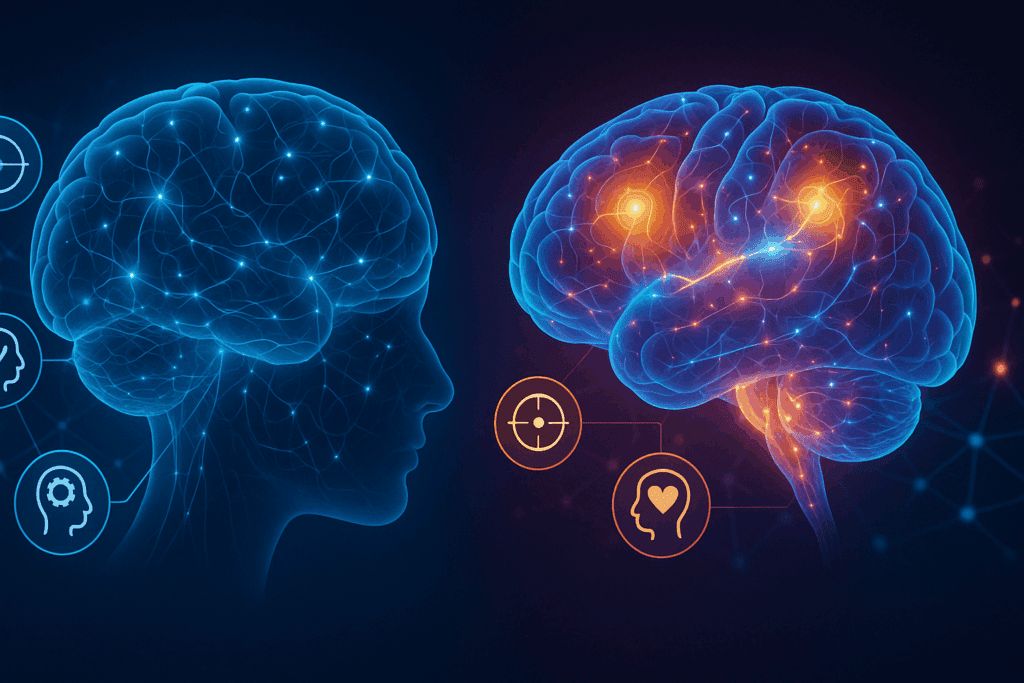
Final Thoughts on Class A ADHD Medications and the Future of ADHD Treatment
As ADHD science and pharmacology advance, we are seeing a significant paradigm shift—one where treatment is increasingly tailored, data-driven, and focused on holistic cognitive well-being. While class A ADHD medications remain a powerful and often necessary tool, their use is no longer the only viable pathway to success. New stimulants and alternative compounds offer diverse options for those seeking better focus, improved decision-making, and mental clarity without the drawbacks often associated with older drugs.
The question “is ADHD medication a controlled substance?” continues to raise valid concerns, but it’s increasingly important to distinguish between regulatory categories and real-world risk. Many new meds for ADD and ADHD—both stimulant and non-stimulant—are designed to mitigate abuse potential while preserving therapeutic benefit. Innovations in extended-release design, prodrug formulations, and non-stimulant mechanisms are reshaping what ADHD management looks like today.
Ultimately, the most effective ADHD treatment is one that balances safety, efficacy, and individual need. Whether you are newly diagnosed or revisiting treatment options after years of trial and error, understanding the full spectrum of ADHD new medications can empower more informed choices. It’s not just about finding what works—but discovering what works for you, in your life, with your goals.
Was this article helpful? Don’t let it stop with you. Share it right now with someone who needs to see it—whether it’s a friend, a colleague, or your whole network. And if staying ahead on this topic matters to you, subscribe to this publication for the most up-to-date information. You’ll get the latest insights delivered straight to you—no searching, no missing out.


